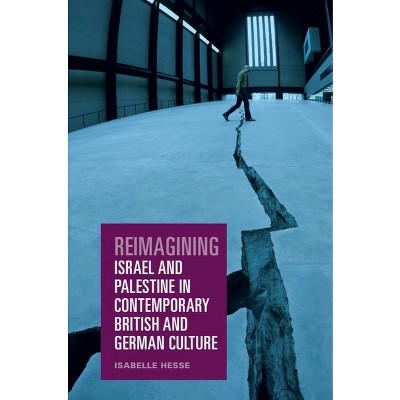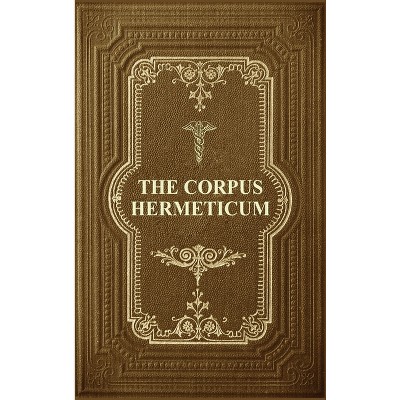The Stained Glass of Herkenrode Abbey - (Corpus Vitrearum) by Yvette Vanden Bemden & Isabelle Lecocq (Hardcover)

About this item
Highlights
- The sixteenth-century glazing from Herkenrode Abbey in Belgium constitutes the most significant body of Flemish stained glass in the world.
- About the Author: Yvette Vanden Bemden is a researcher for the study of stained glass in Belgium for the publication of volumes of the Corpus Vitrearum.
- 624 Pages
- Art, History
- Series Name: Corpus Vitrearum
Description
About the Book
The glazing from Herkenrode Abbey constitutes the most significant body of Flemish stained glass in the world. Most of it is now in Lichfield Cathedral, and recent conservation has afforded a unique opportunity to study the glass in depth. It is presented here fully, for the first time, in its historical, art-historical and artistic contexts.
Book Synopsis
The sixteenth-century glazing from Herkenrode Abbey in Belgium constitutes the most significant body of Flemish stained glass in the world. In the early nineteenth century, an English aristocrat took advantage of the secularization of the monasteries on the Continent to purchase the abbey church's glazing; glass from the abbess's private chapel was acquired by another English aristocrat.
This account of the glazing, the result of a unique and fruitful collaboration between the Corpus Vitrearum in Great Britain and Belgium, has sections on the three locations in England where the glass is now located - Lichfield, Shrewsbury, and Ashtead - prefaced by a historical introduction on Herkenrode Abbey. It benefits from extensive research into artistic practice in the Low Countries (for art-historical context), draws on the rich documentation in the Lichfield Cathedral archives (for the glass's reception in England), and presents the insights gained during recent conservation of the glass at Lichfield Cathedral (for the glazing's execution and condition).Review Quotes
It makes an important contribution to the study of Netherlandish drawings and other media, to the history of sixteenth-century monastic patronage, and to the understanding of the history of trade, collecting, and the international transport of sixteenth-century Netherlandish art works in the nineteenth and early twentieth centuries. In addition, the authors highlight the importance of stained-glass design in the career of a major figure, Pieter Coecke van Aelst. By integrating stained glass into the wider context of painting, drawing, and printmaking of the period, this excellent study helps clarify our view of the Netherlands in the first half of the sixteenth century, and will be of great interest to all scholars of Northern European art.-- "Ellen Konowitz, HISTORIANS OF NETHERLANDISH ART REVIEWS"
About the Author
Yvette Vanden Bemden is a researcher for the study of stained glass in Belgium for the publication of volumes of the Corpus Vitrearum. She is member and former president of the Belgian committee of the Corpus Vitrearum Belgique-België and a member of the Royal Academy of Sciences, Letters and Arts of Belgium.
Isabelle Lecocq is the chef de travaux at the Institut royal du Patrimoine artistique, Brussels, initially in the department for conservation/restoration, now in the Documentation Department - Art History Research and Inventory Unit. She is the Secretary of the Corpus Vitrearum Belgique-België; Secretary of The Royal Academy of Archaeology of Belgium; and a scientific collaborator to the University of Liège (Faculty of Philosophy and Letters, Department of Historical Sciences. Art History and Archaeology of Modern Times).Shipping details
Return details
Trending Art, Photography & Design Books
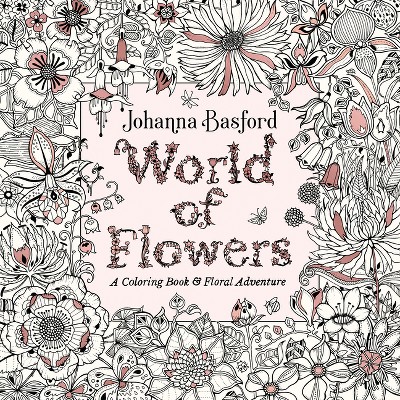



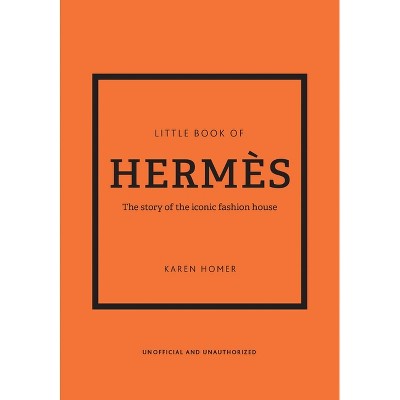
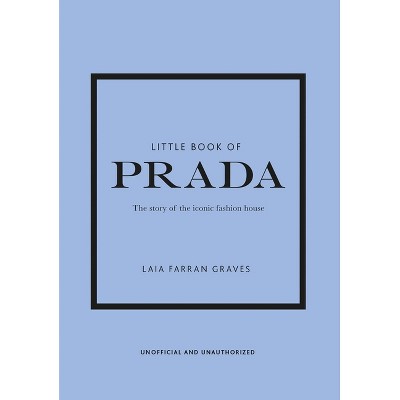
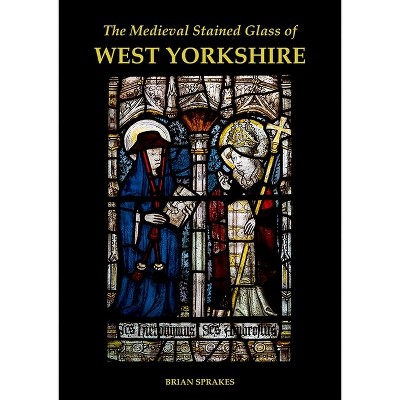

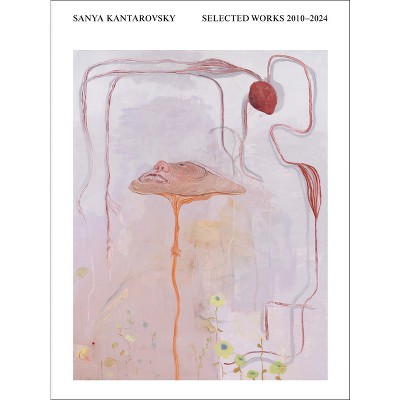
![The Official Downton Abbey Afternoon Tea Cookbook Gift Set [Book ] Tea Towel] - (Downton Abbey Cookery) (Hardcover)](https://target.scene7.com/is/image/Target/GUEST_431cb06b-39b1-47b8-976b-cb05f03bd3e6)
